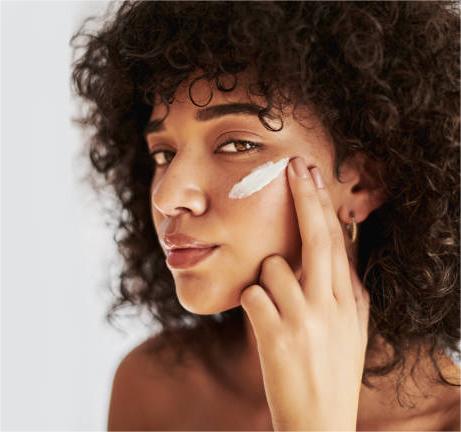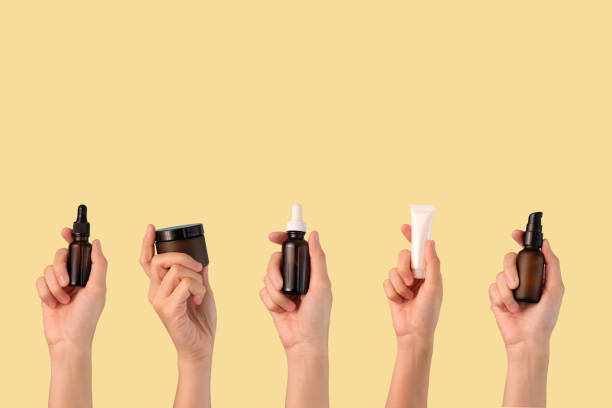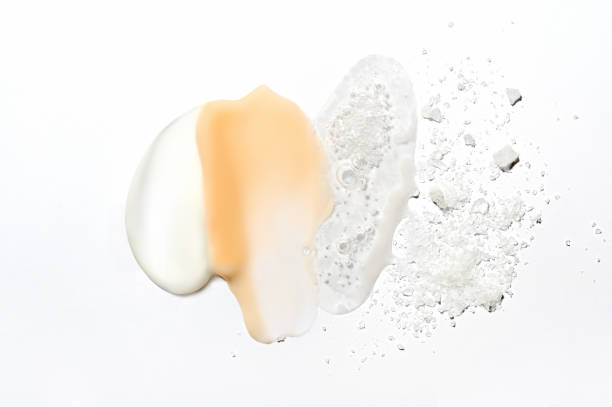Autumn is here, and as the weather changes, so do our skincare needs. It's crucial to tweak our skincare routines and invest in new autumn winter skincare products to meet the specific requirements of the colder months.
However, in the quest for healthier, more radiant skin, caution must be exercised when mixing and matching different skincare brands and products.
While synergy between products can enhance their efficacy, some contraindications may lead to adverse outcomes.
In this article, we'll explore the top three don'ts to avoid when mixing and matching skincare products to ensure the best results from your winter skincare routine.

1. Skin overload
A common mistake many people make when combining multiple skin care products is to overload the skin. With so many brands and products to choose from, it's easy for us to incorporate a variety of serums, moisturizers and treatments into our routine. However, using too many products at once can overload the skin, leading to irritation, breakouts, and even allergic reactions.
To avoid skin overload, it's crucial to understand your individual skin type and its specific needs. Different products may contain different active ingredients, and mixing too many active ingredients can overwhelm your skin. It is recommended to start with a simple daily care, including cleanser, toner, moisturizer and sunscreen. Introduce new products gradually to give your skin time to adjust and ensure compatibility between products.
Also, be mindful of the consistency of the products you're mixing. Layering heavy creams, oils, or serums creates a barrier that prevents the absorption of subsequent products. Therefore, it is important to consider the texture and weight of each product and ensure that they complement each other for optimal absorption.

2. Conflicting ingredients
One of the significant risks of mixing different brands of skin care products is the potential for ingredient conflicts. Every skin care brand uses a different combination of active ingredients to formulate different products. While these ingredients can provide various benefits individually, they may not work harmoniously when mixed together.
Some ingredients will cancel each other out and even produce adverse reactions when mixed. For example, using products containing retinol, a powerful anti-aging ingredient, with products containing exfoliating acids, such as alpha hydroxy acids (AHAs), may lead to increased skin sensitivity or irritation. Therefore, it is crucial to research and understand the ingredients in each product and to avoid combinations that may conflict with each other or cancel out the effects.
To ensure compatibility, consider using products from the same brand or products that work together. Many brands design their products as a system to ensure synergy and optimal results. If you prefer to mix and match brands, consult a skincare professional or dermatologist who can guide you in safe combinations based on your specific skin concerns.

3. Neglecting patch testing
Patch testing is often overlooked when combining new skin care products or mixing different brands, but it's an important step in ensuring skin compatibility. A patch test involves applying a small amount of the product to a small, inconspicuous area of the skin and monitoring for any adverse reactions, such as redness, itching, or inflammation.
If you skip the patch test step, you could be unknowingly using products that may not be suitable for your skin, leading to potential skin irritation, irritation or breakouts. Everyone's skin is unique, and what works for someone else may not work for you, especially when combining multiple brands or active ingredients.
To perform a patch test properly, apply a small amount of product behind the ear or on the inside of the arm, preferably on clean, dry skin. Leave it on for 24 to 48 hours and watch for any reaction. Provided no adverse reactions are experienced, the product is usually safe to incorporate into your daily skin care routine.

All in all, while mixing and matching skincare products can be beneficial, it's critical to avoid these three big no-nos: skin overload, ingredient conflicts, and ignoring patch testing. Knowing your skin type, its specific needs, and researching each product's ingredients are critical to a successful skincare routine. By following these guidelines, you can optimize the results of your winter skincare products and achieve healthy, radiant skin during the colder months.
Post time: Sep-08-2023

